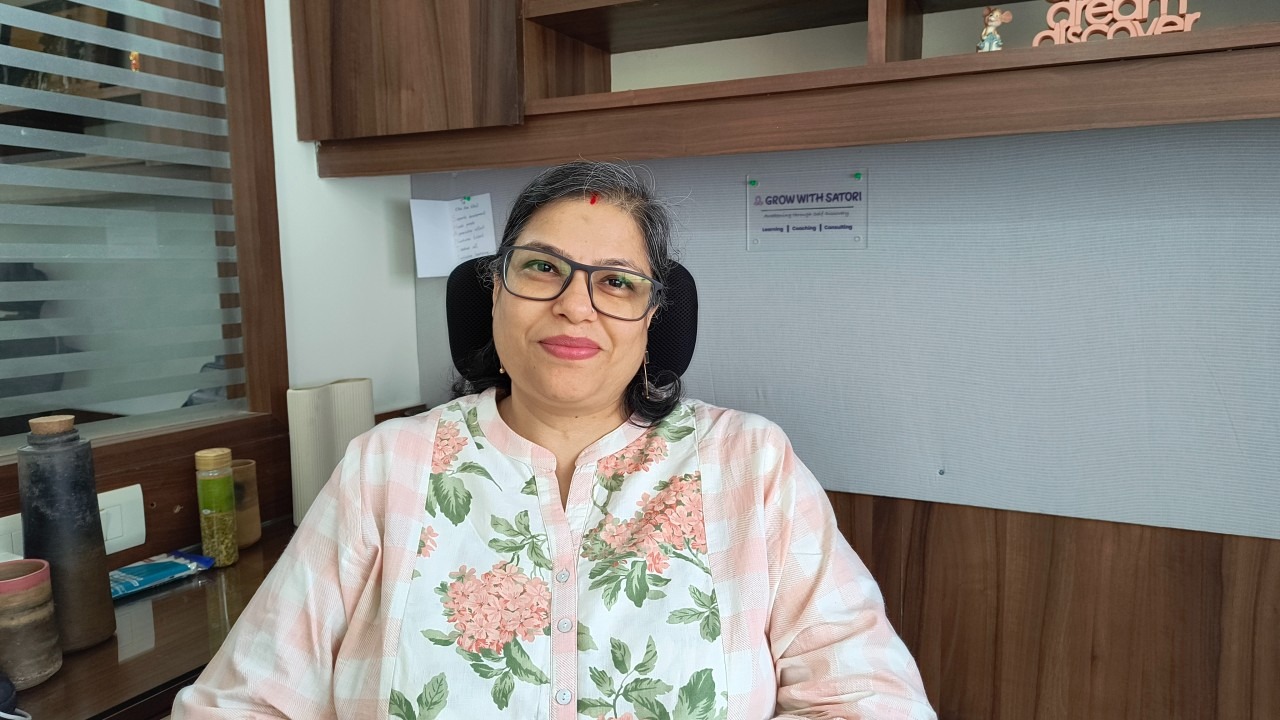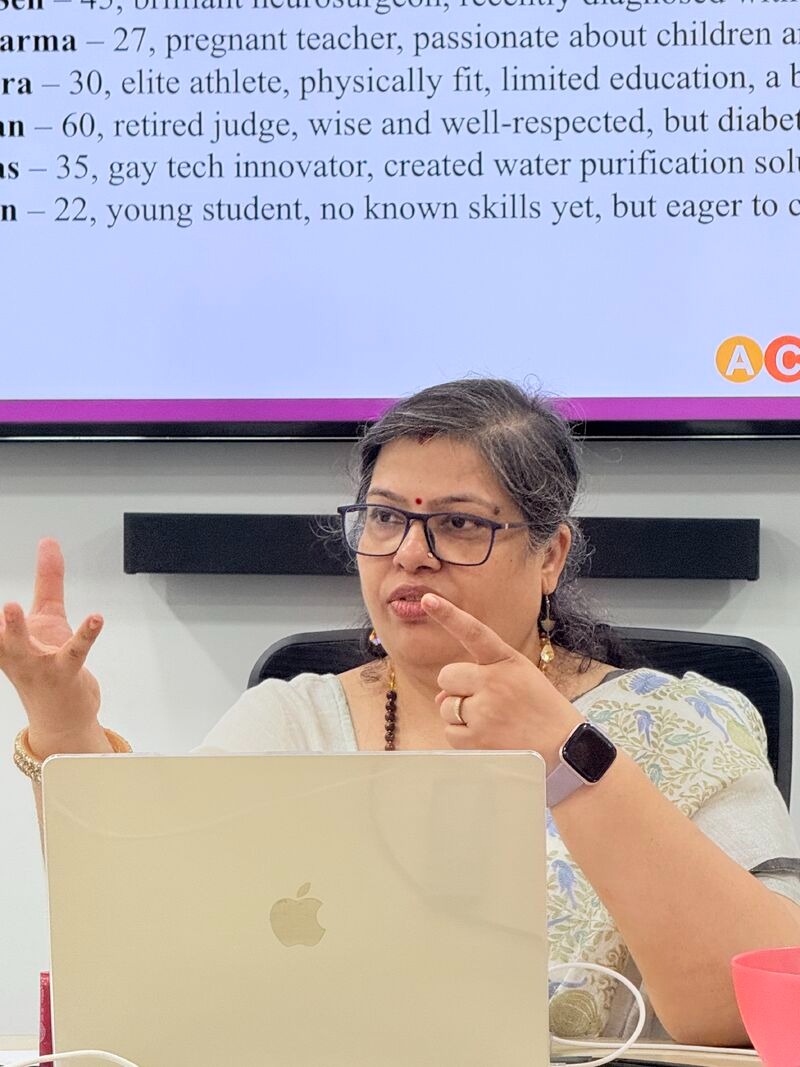There are no items in your cart
Add More
Add More
| Item Details | Price | ||
|---|---|---|---|

As businesses navigate constant change and evolving market demands, leaders are no longer defined by their position in a hierarchy but by their ability to adapt, energize, empower, and connect their teams across different contexts. The modern leader in an adaptable organization creates an inclusive space where teams can succeed and innovation can grow.
Traditionally, leadership has been hierarchical, with authority concentrated at the top. Expertise and experience were seen as the prerequisites for leadership roles. However, in today’s fast-changing environment, a shift towards a distributed, team-based model has emerged, where leadership exists at all levels. This transition allows leaders to surface within the networks of the organization, leading regardless of their function, technical discipline, or rank.
A great example comes from Tata Motors, where the Managing Director, Guenter Butschek, led a significant cultural transformation. He recognized that a fear-based, top-down approach was stifling innovation and ownership within the company. The shift began when Butschek openly shared his personal challenges and failures with the team, creating an atmosphere of trust and openness. This gesture encouraged leaders across the organization to embrace risk-taking, collaboration, and inclusivity. As a result, teams were empowered to make autonomous decisions, fostering a more agile and high-performing work culture. Empowering for Innovation
Empowerment is another critical leadership capability. In an adaptable organization, it’s unrealistic to expect only a few leaders at the top to have all the answers. Often, the best solutions come from those closest to the challenges. Leaders must encourage experimentation, promote continuous learning, and create a safe environment where failing fast is celebrated as part of the innovation process.
Developing Leaders at All Levels: The transition to an adaptable organization depends on leaders existing at all levels of the company. Organizations must invest in developing leadership pipelines that prioritize the ability to energize, empower, and connect. By identifying and nurturing individuals who are "wired" to lead in these ways, organizations can accelerate their adaptability.

Shanti Sharma